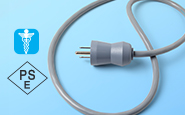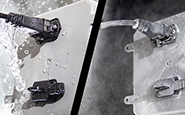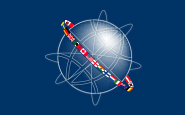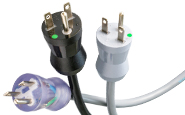Exporting to Brazil
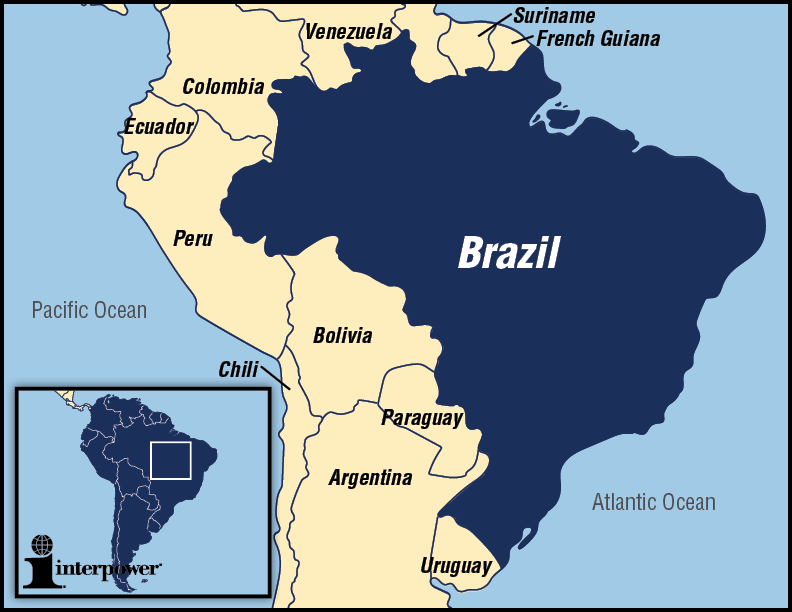
| BRAZIL | |
|---|---|
| Actual population* | Population world ranking |
| 202,656,788 | 6 |
| Actual GDP (PPP)* | GDP world ranking |
| $2,416,000,000,000 | 8 |
| Actual GDP (per capita)* | GDP (per capita) world ranking |
| $12,100 | 105 |
*See the end of this blog for definitions
As one of the largest countries in the world, the Federative Republic of Brazil has a definite part in the global market. Brazil has a diverse economy with numerous trade opportunities. It shares land borders with all of the countries in South America, except for Chile and Ecuador. It also has many miles adjoining the Atlantic Ocean.
Brazil is divided into five macro regions (north, northeast, south, southeast, and central-west). While the population distribution is predominantly urban, there are differences between the regions. To establish trade opportunities in Brazil, a company needs to have a local presence in the country. Developing business partnerships through numerous visits to Brazil is a key factor to a company’s success. Other market entry strategies include working with a qualified representative or distributor, conducting market research, and carrying out due diligence. There are a variety of resources to consult for assistance, including the United States Commercial Service and the United Kingdom Trade and Investment.
Numerous investment opportunities exist in Brazil. The Brazilian Department of Trade and Investment Promotion offers information how to do business and invest in Brazil.
When exploring exporting options, knowledge of business customs and discovering local connections are essential to achieving a successful business venture. Know what is expected at meetings. For example, knowing how time is viewed and what is acceptable in regards to communicating allows for better meetings and relationships. Learning about the Brazilian culture is also significant as it is distinct from the surrounding countries. Among the sources available for information are the United States Commercial Service and United Kingdom Trade and Investment.
It is essential to know the customs regulations in Brazil and to have all documents completed correctly. The Federal Revenue of Brazil is responsible for customs control.
Brazil is a member of the World Trade Organization and the World Customs Organization. It is also a member of MERCOSUR, the Southern Common Market.
The official language of Brazil is Portuguese. Have a quality interpreter at all meetings and presentations because the knowledge of English varies within the business community. Written materials should be in Portuguese (not in Spanish).
In Brazil, the voltage used is 127/220V with 60Hz. The most frequently specified plug pattern is the Brazilian plug.
Sources:
www.export.gov/brazil
www.gov.uk
www.investexportbrasil.gov.br
www.receita.fazenda.gov.br
www.wto.org
www.wcoomd.org
www.mercosur.int
*Source: www.cia.gov/library/publications/the-world-factbook/index.html
Country comparison—Population: Population compares estimates from the US Bureau of Census based on statistics from population censuses, vital statistics, registration systems, or sample surveys pertaining to the recent past and on assumptions about future trends. (July 2014 est.)
Country comparison—GDP (Purchasing Power Parity): GDP (purchasing power parity [PPP]) compares the gross domestic product (GDP) or value of all final goods and services produced within a nation in a given year. A nation’s GDP at PPP exchange rates is the sum value of all goods and services produced in the country valued at prices prevailing in the United States. (2013 est.)
Country comparison—GDP – per capita (PPP): GDP – per capita (PPP) compares GDP on a purchasing parity basis divided by population as of 1 July for the same year. (2013 est.)



